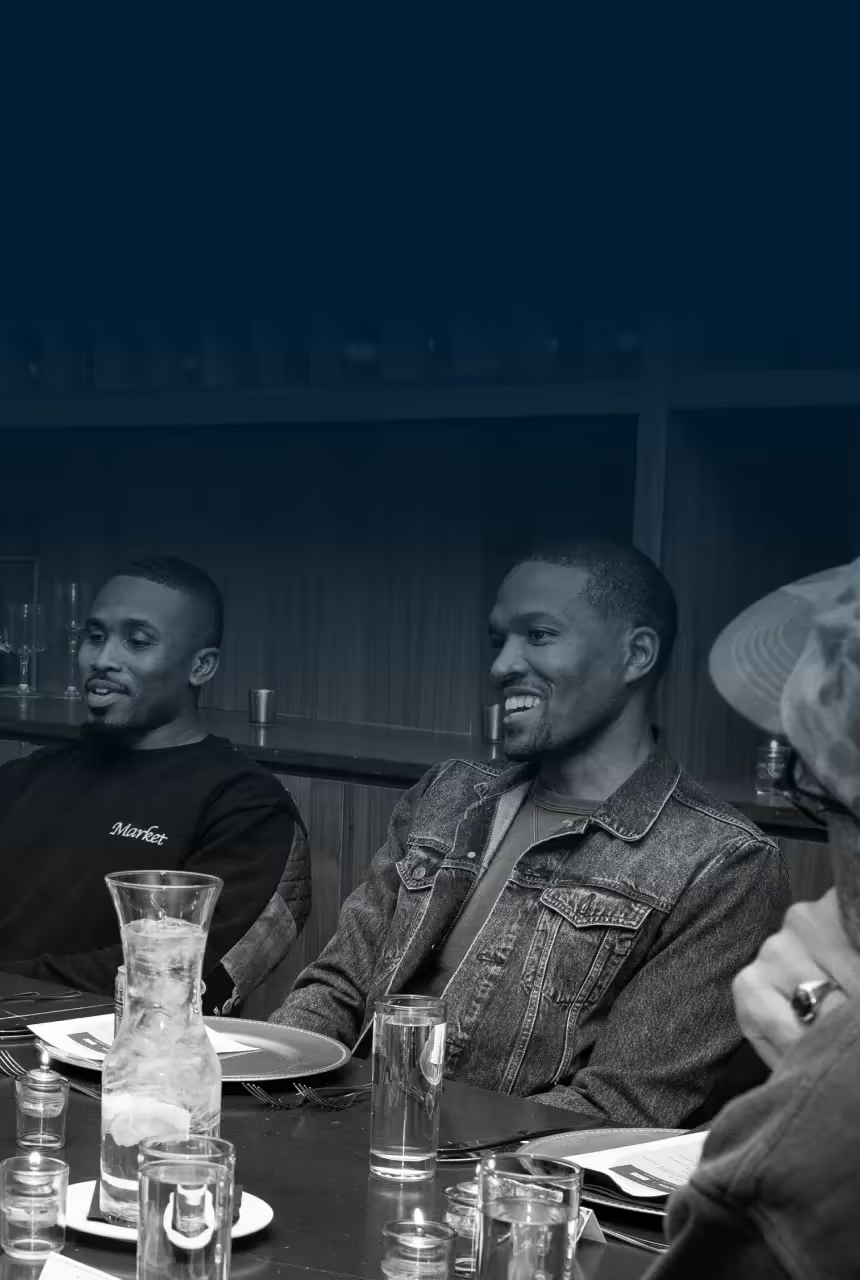This memo is presented by Measure of Music.

Measure of Music returns for its milestone fifth year from February 21-23, 2025, bringing together global voices in music, tech, and data. With industry-leading speakers, networking opportunities, a career fair, and an exciting hackathon, this virtual event is designed to break down barriers for marginalized communities and provide access to the music business.
Featuring keynote speaker Cherie Hu, plus support from The Orchard, Songkick, Chartmetric, and more, this is your chance to learn, connect, and shape the future of music. Don’t miss out—register today and be part of the movement at Measure of Music!
For pop stars, Disney is an unrivaled launchpad. It’s the Y-Combinator for entertainment. The product that comes through its system will increase its odds of success. That’s especially valuable in power law-driven fields like startups and entertainment, where the top 0.1% reap most of the rewards. Even the artists whose music careers don’t take off, like Zendaya and Vanessa Hudgens, can still find greater success on the big screen.
But unlike Y-Combinator, where founders lean on their YC participation for the rest of their careers, Disney’s child prodigies will inevitably want out.
They all reach a point where they no longer want to be seen as that cute, adorable kid. Instead, they want to swear in their music and talk about their sex life and other adult themes.
There’s a clear rebrand in their whole aesthetic, like Christina Aguilera’s “Dirrty” music video, Justin Timberlake’s music with Pharrell and Timbaland, Miley Cyrus twerking at the VMAs, and Sabrina Carpenter’s fashion and style.
This also means that these stars are less likely to sign with Disney’s in-house label, Hollywood Records. Olivia Rodrigo was offered a deal with Hollywood but instead signed with Geffen Records, entered the major record label system, and her career has taken off.
Very few Disney artists want to take the Hilary Duff route. She stuck with Disney for her music during her Lizzie McGuire days. But when she became older and wanted to shift the nature of her show, it was at odds with Disney’s vision, which led to the end of her show and her time with the record label.
The tension between Disney’s approach and its talents is timing. Disney’s job is to consistently entertain kids, tweens, and their families. Its target audience is stagnant, even as the individuals in that audience grow out of its content. That was true in the Mickey Mouse Club days and it’s true today.
But the talent’s job is to build a fanbase that operates like a moving parade. That parade often ages along with the artist. In 1998, Justin Timberlake was a teenager who served a core audience of millennial teenagers. They were much closer in age to the Mickey Mouse Club’s target audience. In 2025 though, Timberlake, 44, still serves a largely millennial fanbase who are now older too. Many of them are now in their 40s and may have their own kids who are in Disney’s target demo. To best serve a moving parade, the artist’s music, and content needs to evolve.
The pop star’s desire to move on from Disney is built into the design. The benefits are great but no one wants to stay too long. Like many things in life, the reward for eating pie is more pie. In this case, that pie is an ice cream cake with a screen-printed picture of Elsa and Moana at the top of the cake. That might be great for a 6-year-old but not a 16-year-old.
Listen here: Apple | Spotify | Overcast
Chartmetric Stat of the Week
It’s been four years since Olivia Rodrigo’s drivers license. The week before it dropped, Rodrigo had 75,000 YouTube subscribers. One month later, that number skyrocketed to 1.25 million. Today, she’s closing in on 15 million subscribers. That’s some hockey stick growth right there.


.avif)




.webp)


